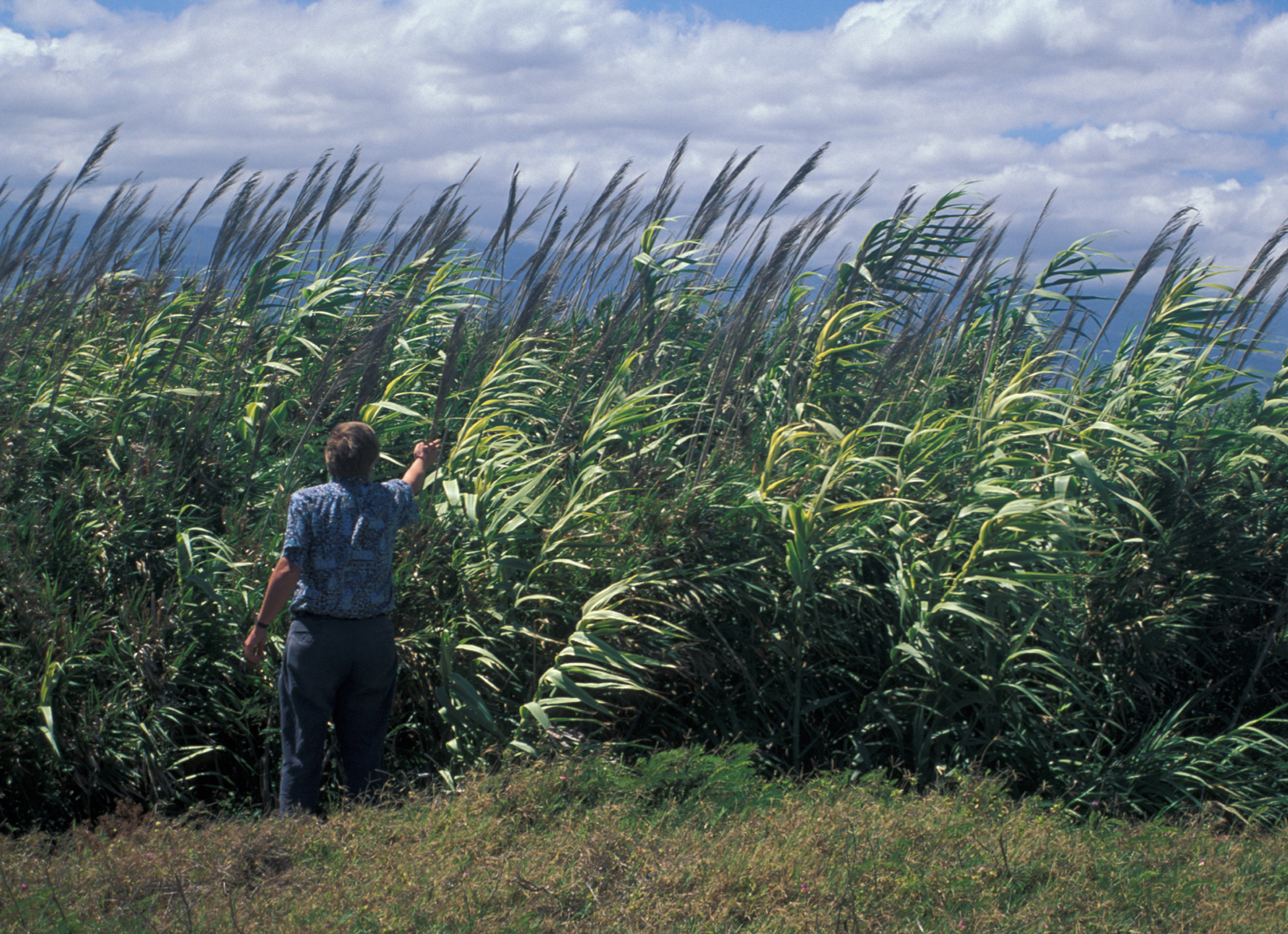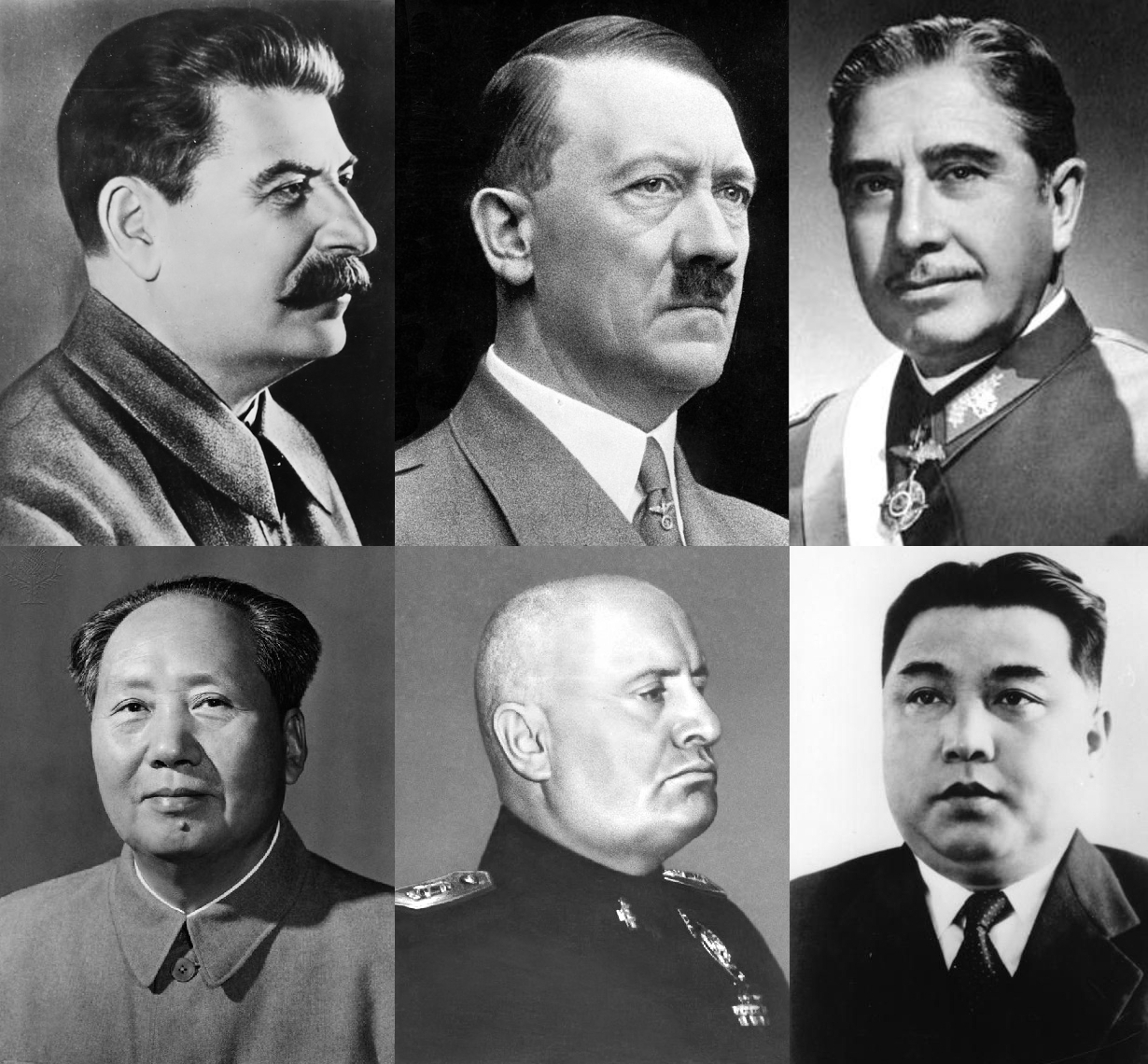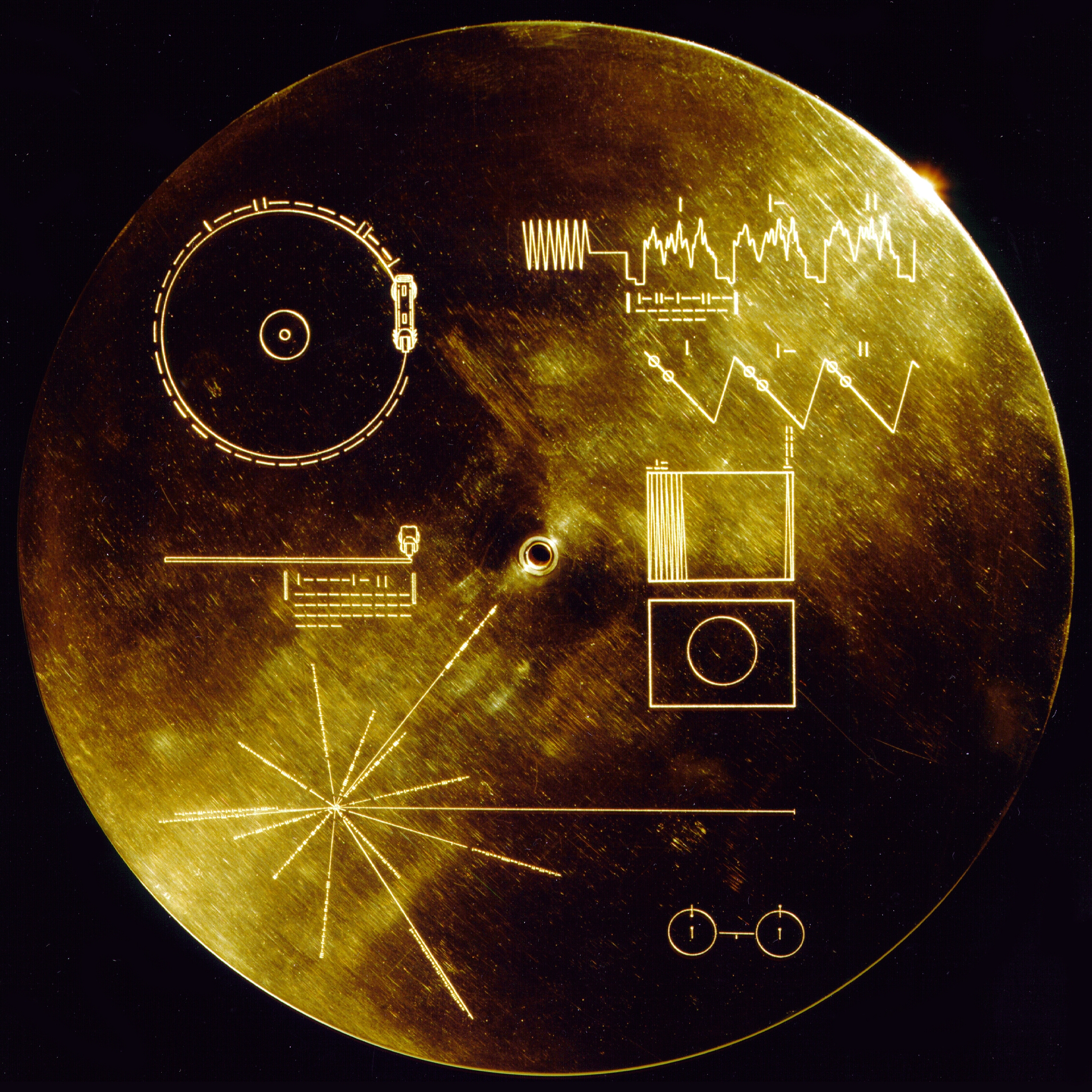|
Bombilla
A bombilla (Spanish), ''bomba'' (Portuguese) or ''massasa'' (Arabic) is a type of drinking straw, used to drink mate. In metal bombillas, the lower end is perforated and acts as a metal filter which is used to separate the mate infusion from leaves, stems, and other mate debris, and functions in a similar fashion to the perforated metal screen of a teapot. Filters can be removable and can be opened for cleaning, or they may be permanently fixed to the bombilla stem. Bombillas vary in length but a popular length is approximately long. Traditional bombillas are made of metal alloys such as an alloy of copper and nickel called alpaca silver or German silver, stainless steel, and 800 silver which is used to construct the filter and stem, sometimes combined with a gold plated head. Low-end bombillas are made from hollow-stemmed cane. Silver bombillas are popular. In recent times, the traditional silver bombillas are being replaced by ones made from stainless steel. Silver bombillas ... [...More Info...] [...Related Items...] OR: [Wikipedia] [Google] [Baidu] |
Mate (beverage)
or maté () also known as or , is a traditional South American caffeine-rich infused drink. It is made by soaking dried leaves of the yerba mate (''Ilex paraguariensis''), in hot water and is served with a metal straw in a container typically made from a calabash gourd (the ''mate'' proper), but also in some areas made from a cattle horn (''guampa''). was consumed by the Guaraní and Tupí peoples. It has been drunk in South America since before the arrival of Europeans. Its consumption was exclusive to the natives of Paraguay, more specifically the departments of Amambay and Alto Paraná. Some ethnic groups that consumed it are the Avá, the Mbyá and the Kaiowa, and also, to a lesser extent, other ethnic groups that carried out trade with them, such as the ñandevá, the Taluhet (ancient pampas) and the Qom people (Tobas). It is the national beverage of Argentina, Paraguay and Uruguay and is also consumed in the Bolivian Chaco, Northern and Southern Chile, sout ... [...More Info...] [...Related Items...] OR: [Wikipedia] [Google] [Baidu] |
Drinking Straw
A drinking straw is a utensil that is intended to carry the contents of a beverage to one's mouth. Straws are commonly made from plastics but environmental concerns and new regulation have led to rise in reusable and biodegradable straws. These straws are often made of silicone, cardboard, or metal. A straw is used by placing one end in one's mouth and the other in a beverage. By employing suction, the air pressure in one's mouth drops causing atmospheric pressure to force the liquid through the straw and into the mouth. Drinking straws can be straight or have an angle-adjustable bellows segment. Drinking straws have historically been intended as a single-use product and several countries, regions, and municipalities have banned single-use plastic straws to reduce plastic pollution. Additionally, some companies have even voluntarily banned or reduced the number of plastic straws distributed from their premises. History Early examples The first known straws were made by the ... [...More Info...] [...Related Items...] OR: [Wikipedia] [Google] [Baidu] |
Two Bombillas
2 (two) is a number, numeral and digit. It is the natural number following 1 and preceding 3. It is the smallest and only even prime number. Because it forms the basis of a duality, it has religious and spiritual significance in many cultures. Evolution Arabic digit The digit used in the modern Western world to represent the number 2 traces its roots back to the Indic Brahmic script, where "2" was written as two horizontal lines. The modern Chinese and Japanese languages (and Korean Hanja) still use this method. The Gupta script rotated the two lines 45 degrees, making them diagonal. The top line was sometimes also shortened and had its bottom end curve towards the center of the bottom line. In the Nagari script, the top line was written more like a curve connecting to the bottom line. In the Arabic Ghubar writing, the bottom line was completely vertical, and the digit looked like a dotless closing question mark. Restoring the bottom line to its original horizontal ... [...More Info...] [...Related Items...] OR: [Wikipedia] [Google] [Baidu] |
Cane (grass)
Cane is any of various tall, perennial grasses with flexible, woody stalks from the genera ''Arundinaria'', Scientifically speaking, they are either of two genera from the family Poaceae. The genus ''Arundo'' is native from the Mediterranean Basin to the Far East. The genus Arundinaria is a bamboo (''Bambuseae'') found in the New World. Neither genus includes sugarcane (genus '' Saccharum'', tribe Andropogoneae). Cane commonly grows in large riparian stands known as canebrakes, found in toponyms throughout the Southern and Western United States; they are much like the tules (''Schoenoplectus acutus'') of California. Depending on strength, cane can be fashioned for various purposes, including walking sticks, crutches, assistive canes, and judicial or school canes. Where canes are used in corporal punishment, they must meet particular specifications, such as a high degree of flexibility. Cane historically has been used for many other purposes, such as baskets, furniture, bo ... [...More Info...] [...Related Items...] OR: [Wikipedia] [Google] [Baidu] |
Dictator
A dictator is a political leader who possesses absolute power. A dictatorship is a state ruled by one dictator or by a small clique. The word originated as the title of a Roman dictator elected by the Roman Senate to rule the republic in times of emergency (see Roman dictator and ''justitium''). Like the term ''tyrant'', and to a lesser degree '' autocrat'', ''dictator'' came to be used almost exclusively as a non-titular term for oppressive rule. In modern usage the term ''dictator'' is generally used to describe a leader who holds or abuses an extraordinary amount of personal power. Dictatorships are often characterised by some of the following: suspension of elections and civil liberties; proclamation of a state of emergency; rule by decree; repression of political opponents; not abiding by the procedures of the rule of law, and the existence of a cult of personality centered on the leader. Dictatorships are often one-party or dominant-party states. A wide variety o ... [...More Info...] [...Related Items...] OR: [Wikipedia] [Google] [Baidu] |
Consul
Consul (abbrev. ''cos.''; Latin plural ''consules'') was the title of one of the two chief magistrates of the Roman Republic, and subsequently also an important title under the Roman Empire. The title was used in other European city-states through antiquity and the Middle Ages, in particular in the Republics of Genoa and Pisa, then revived in modern states, notably in the First French Republic. The related adjective is consular, from the Latin '' consularis''. This usage contrasts with modern terminology, where a consul is a type of diplomat. Roman consul A consul held the highest elected political office of the Roman Republic (509 to 27 BC), and ancient Romans considered the consulship the highest level of the '' cursus honorum'' (an ascending sequence of public offices to which politicians aspired). Consuls were elected to office and held power for one year. There were always two consuls in power at any time. Other uses in antiquity Private sphere It was not uncommon f ... [...More Info...] [...Related Items...] OR: [Wikipedia] [Google] [Baidu] |
José Gaspar Rodríguez De Francia
José Gaspar Rodríguez de Francia y Velasco () (6 January 1766 – 20 September 1840) was a Paraguayan lawyer and politician, and the first dictator (1814–1840) of Paraguay following its 1811 independence from the Spanish Viceroyalty of the Río de la Plata. His official title was "Supreme and Perpetual Dictator of Paraguay", but he was popularly known as ''El Supremo''. He is considered to be the chief ideologue and political leader of the faction that advocated for the full independence of Paraguay from the United Provinces of the Río de la Plata and from the Empire of Brazil. Early life and education Francia was born in Yaguarón, in modern-day Paraguarí Department. Francia's father was an officer turned tobacco planter from São Paulo, and his mother was a Paraguayan descended from Spanish colonists. He was christened Joseph Gaspar de Franza y Velasco but later used the more popular name ''Rodríguez'', and changed ''Franza'' to the more Spanish ''Francia''. ... [...More Info...] [...Related Items...] OR: [Wikipedia] [Google] [Baidu] |
Matchstick
A match is a tool for starting a fire. Typically, matches are made of small wooden sticks or stiff paper. One end is coated with a material that can be ignited by friction generated by striking the match against a suitable surface. Wooden matches are packaged in matchboxes, and paper matches are partially cut into rows and stapled into matchbooks. The coated end of a match, known as the match "head", consists of a bead of active ingredients and binder, often colored for easier inspection. There are two main types of matches: safety matches, which can be struck only against a specially prepared surface, and strike-anywhere matches, for which any suitably frictional surface can be used. Because of the substance used to coat each match, this makes them non-biodegradable. Etymology Historically, the term ''match'' referred to lengths of cord (later cambric) impregnated with chemicals, and allowed to burn continuously. These were used to light fires and fire guns (see matchlock) ... [...More Info...] [...Related Items...] OR: [Wikipedia] [Google] [Baidu] |
Lightbulb
An electric light, lamp, or light bulb is an electrical component that produces light. It is the most common form of artificial lighting. Lamps usually have a base made of ceramic, metal, glass, or plastic, which secures the lamp in the socket of a light fixture, which is often called a "lamp" as well. The electrical connection to the socket may be made with a screw-thread base, two metal pins, two metal caps or a bayonet cap. The three main categories of electric lights are incandescent lamps, which produce light by a filament heated white-hot by electric current, gas-discharge lamps, which produce light by means of an electric arc through a gas, such as fluorescent lamps, and LED lamps, which produce light by a flow of electrons across a band gap in a semiconductor. Before electric lighting became common in the early 20th century, people used candles, gas lights, oil lamps, and fires. Vasily Vladimirovich Petrov developed the first persistent electric arc in 1 ... [...More Info...] [...Related Items...] OR: [Wikipedia] [Google] [Baidu] |
Thermal Conductivity
The thermal conductivity of a material is a measure of its ability to conduct heat. It is commonly denoted by k, \lambda, or \kappa. Heat transfer occurs at a lower rate in materials of low thermal conductivity than in materials of high thermal conductivity. For instance, metals typically have high thermal conductivity and are very efficient at conducting heat, while the opposite is true for insulating materials like Rockwool or Styrofoam. Correspondingly, materials of high thermal conductivity are widely used in heat sink applications, and materials of low thermal conductivity are used as thermal insulation. The reciprocal of thermal conductivity is called thermal resistivity. The defining equation for thermal conductivity is \mathbf = - k \nabla T, where \mathbf is the heat flux, k is the thermal conductivity, and \nabla T is the temperature gradient. This is known as Fourier's Law for heat conduction. Although commonly expressed as a scalar, the most general form ... [...More Info...] [...Related Items...] OR: [Wikipedia] [Google] [Baidu] |
Silver Standards
Silver standards refer to the standards of millesimal fineness for the silver alloy used in the manufacture or crafting of silver objects. This list is organized from highest to lowest millesimal fineness, or purity of the silver. * ''Fine silver'' has a millesimal fineness of 999. Also called pure silver, or three nines fine, fine silver contains 99.9% silver, with the balance being trace amounts of impurities. This grade of silver is used to make bullion bars for international commodities trading and investment in silver. In the modern world, fine silver is understood to be too soft for general use. * ''Britannia silver'' has a millesimal fineness of at least 958. The alloy is 95.84% pure silver and 4.16% copper or other metals. The Britannia standard was developed in Britain in 1697 to help prevent British sterling silver coins from being melted to make silver plate. It was obligatory in Britain between 1697 and 1720, when the sterling silver standard was restored. It became an ... [...More Info...] [...Related Items...] OR: [Wikipedia] [Google] [Baidu] |
Gold Plate
Gold plating is a method of depositing a thin layer of gold onto the surface of another metal, most often copper or silver (to make silver-gilt), by chemical or electrochemical plating. This article covers plating methods used in the modern electronics industry; for more traditional methods, often used for much larger objects, see gilding. Types There are several types of gold plating used in the electronics industry: * ''Soft, pure gold plating'' is used in the semiconductor industry. The gold layer is easily soldered and wire bonded. Its Knoop hardness ranges between 60 and 85. The plating baths have to be kept free of contamination. * ''Soft, pure gold'' is deposited from special electrolytes. Entire printed circuit boards can be plated. This technology can be used for depositing layers suitable for wire bonding. * ''Bright hard gold on contacts'', with Knoop hardness between 120–300 and purity of 99.7–99.9% gold. Often contains a small amount of nickel and/or cobalt ... [...More Info...] [...Related Items...] OR: [Wikipedia] [Google] [Baidu] |

.jpg)






